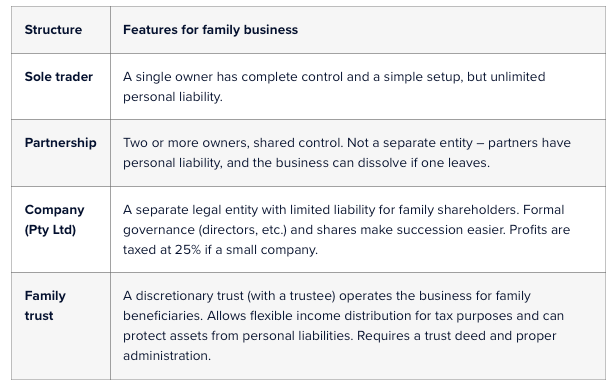January 2025
Don’t let taxes dampen your holiday spirit!
Just like Santa carefully checks who’s naughty or nice, businesses need to watch the tax rules when spreading Christmas cheer. Hosting festive parties for employees or clients can lead to Fringe Benefits Tax (FBT).
FBT is a tax employers pay when they provide extra perks to employees, their families, or associates. It’s separate from regular income tax and is based on the value of the benefit. The FBT year runs from 1 April to 31 March, and businesses must calculate and report any FBT they owe. With a bit of planning—just like Santa’s perfect delivery route—you can celebrate while keeping your tax worries in check!
FBT exemption: A little Christmas gift from the taxman
The tax rules include a “minor benefit exemption”—like a small stocking stuffer. If the benefit given to each employee costs less than $300 and isn’t a regular thing, it’s exempt from Fringe Benefits Tax (FBT).
Christmas parties fit perfectly here because they’re one-off events. Businesses can avoid FBT hassles if the cost per employee stays under $300. Remember: the more often you give out perks, the less likely they’ll qualify for this exemption. Thankfully, Christmas only comes once a year!
Christmas parties at the office
If you host your Christmas party at your business premises during a regular workday, costs like food and drinks are FBT-free, no matter how much you spend. However, you can’t claim a tax deduction or GST credits for those expenses.
If employees’ family members join and the cost per person is under $300, there’s still no FBT, but again, no tax deduction or GST credits can be claimed. However, FBT will apply if the cost is over $300 per person. The good news is that you can claim both a tax deduction and GST credits in that case.
FBT check for Christmas parties at the office
Who attendsCost per personDoes FBT applyIncome tax deduction/Input Tax Credit available?Employees onlyUnlimitedNoNoEmployees and their familyLess than $300NoNoMore than $300YesYesClientsUnlimitedNoNo
Think of it like this: at your Christmas party, the food and drinks are like Santa’s bag of gifts – no dollar limit exists for employees enjoying them on business premises. But if you add a band or other entertainment, the costs can add up quickly, and if the total cost per employee exceeds $300, FBT kicks in. Keep it under $300 per person, and you’re in the clear.
Christmas parties outside the office
If you hold your Christmas party at an external venue, like a restaurant or hotel, it’s FBT-free as long as the cost per employee (including their family, if they come) is under $300. But remember, you can’t claim a tax deduction or GST credits in this case.
FBT will apply if the cost exceeds $300 per person, but you can claim a tax deduction and GST credits.
Good news: employers don’t have to pay FBT for taxi rides to or from the workplace because there’s a special exemption.
FBT check for Christmas parties outside the office
Who attendsCost per personDoes FBT applyIncome tax deduction/Input Tax Credit available?Employees onlyLess than $300NoNoMore than $300YesYesEmployees and their familyLess than $300NoNoMore than $300YesYesClientsUnlimitedNoNo
Clients at the Christmas party
If clients attend the Christmas party, there’s no FBT on the expenses related to them, no matter where the party is held. However, you can’t claim a tax deduction or GST credits for part of the costs that apply to clients.
Christmas gifts
Many employers enjoy giving gifts to their employees during the festive season. If the gift costs less than $300 per person, there’s no FBT, as it’s usually not considered a fringe benefit.
FBT check for Christmas gifts
Who attendsCost per personDoes FBT applyIncome tax deduction/Input Tax Credit available?Entertainment giftsLess than $300NoNoMore than $300YesYesNon-entertainment giftsLess than $300NoYesMore than $300YesYes
However, FBT might apply if the gift is for entertainment. Entertainment gifts include things like tickets to concerts, movies, or holidays. Non-entertainment gifts—like gift hampers, vouchers, flowers, or a bottle of wine—are usually FBT-free if under $300. So spread the festive cheer, but keep an eye on the taxman to avoid surprises!

